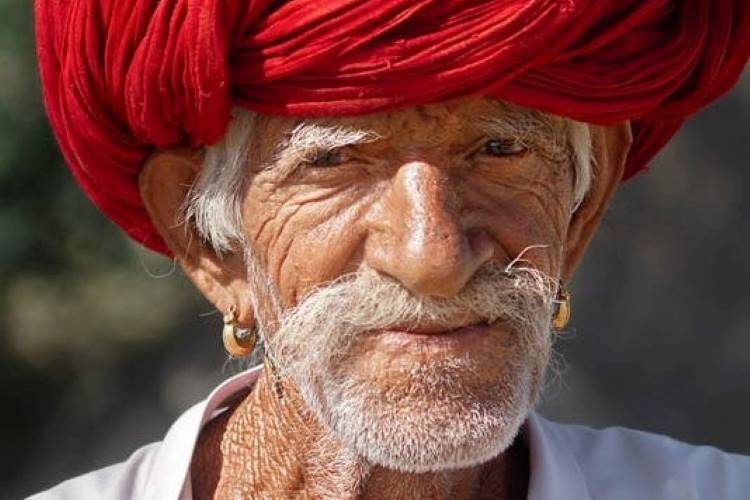
The Union government is revisiting a plan to expand the provisions of the Senior Citizens Act, 2007 amid concerns about an ageing population, especially in the country’s prosperous states. Three years after the Narendra Modi-led NDA government introduced the Maintenance and Welfare of Parents and Social Welfare (Amendment) Bill, it is backtracking because of the possibility of the large number of litigations the law could trigger.
The decision comes at a time when policymakers and analysts are worried about supporting the rising elderly population. The government is deliberating on ways to enhance social security, especially in the southern states where the share of ageing people is predicted to increase. Kerala has the largest proportion of elderly people in India with the share projected to reach 20.9% by 2031. The other southern states including Andhra Pradesh and Tamil Nadu are also witnessing an increase in the proportion of elderly in their population.
ALSO READ: Tomato flu: All you need to know about the infection
The Maintenance and Welfare of Parents and Senior Citizens (Amendment) Bill, 2018 is a pending legislation which was introduced in the Lok Sabha on December 11, 2019. The Bill proposed to bring stepchildren, adoptive children and children-in-law under the definition of children and to make it binding on them to take care of elderly parents. With this, the upper limit of Rs 10,000 per month as maintenance amount for parents was removed. The Bill also prescribed regulation of private care homes and institutions providing home care for the elderly.
According to Census 2011, the people above the age of 60 years comprise 8.6% of India’s population, and the share is projected to grow to 21% by 2050. That means, one in five Indians will be a senior citizen who would join the dependent population. Enhancement in social security is hence important, considering the elderly are otherwise rendered helpless in the absence of a binding legal framework.
The rethink within the government followed criticism that the proposed law may lead to unnecessary litigation within families which, in turn, may harm the social fabric and family units. The Bill was referred to the parliamentary standing committee on social justice and empowerment, which gave its report in January last year. While the social justice and empowerment ministry accepted some suggestions, the political leadership developed cold feet in the face of criticism.
Building social security for ageing population
The withering away of the old joint family system, trend of migration to metropolitan cities in search of work, and erosion of the traditional value system also lead to an increased need of social security for the elderly. In fact, the government also needs to look at providing adequate medical, social, financial and emotional support, especially if it doesn’t want to put the onus on children completely.
Aging population is more vulnerable to healthcare emergencies which translates into an increased demand for better healthcare facilities as well as development of welfare schemes and programmes for the future. Currently, the government must focus on the southern states and must look at ways to support the dependent population by providing social security, pension and healthcare.
ALSO READ: Global warming will fuel wheat price spiral, hit crop yield in India
There is also a need to fix the fragmented senior care ecosystem in the country. Analysts believe that a push on multiple axes is desirable — evolve a framework with appropriate policies, regulations, and tax structures that will ramp up resources and capability to lay down quality standards. It needs to study the experience of various countries, particularly the developed ones such as the US, UK, Sweden and Germany.
India spends just around 2.1% of the GDP on public healthcare. This number was achieved amid the coronavirus pandemic and before the outbreak the number was even lower.
India’s demographic dividend is currently at an inflection point and from hereon, the population share of the youth is expected to taper off and the share of elderly is expected to surge. While the populous states of Bihar and Uttar Pradesh saw a boom in the proportion of youth to total population till 2021, the trend is now on a decline and these states will soon have an ageing population, according to the Youth in India 2022 report released by the ministry of statistics and programme implementation.
Prachi Gupta is an Assistant Editor with Policy Circle. She is a post graduate in English Literature from Lady Shri Ram College For Women, Delhi University. Prachi started her career as a correspondent with financialexpress.com. She specialises in policy impact studies.

